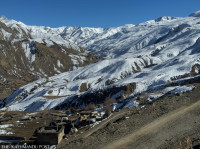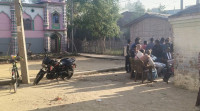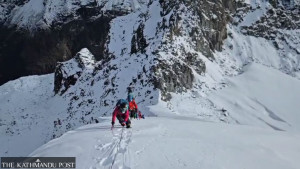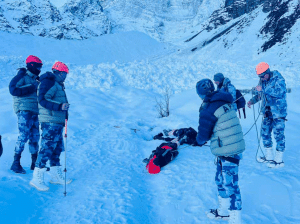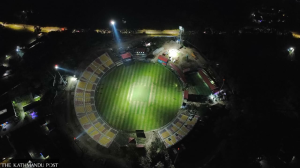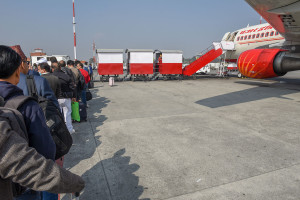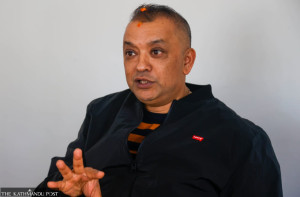National
Future of Fewa Lake at stake
One of the major tourist attractions of Pokhara is bearing the brunt of rapid urbanisation, pollution
Lal Prasad Sharma
Fewa Lake of Pokhara, one of the major tourist attractions in the country, is bearing the brunt of rapid and uncontrolled urbanisation, with encroachment continuing unabated.
Despite a ban on construction of physical infrastructure within 65 metres from the edge of the water body, as many as 204 houses and huts have been erected around it recently, according to the Fewa Lake Conservation and Management Office (FLCMO).
Mahendra Godar, an engineer at the FLCMO, said even tourism entrepreneurs and government authorities have encroached upon the lake area and constructed tall buildings, threatening the lake’s beauty and existence.
The lake in 1957 covered around 10 square kilometres of area. But according to a study in 2007, the lake area has decreased to 4 square kilometres, thanks to unabated encroachment.
According to report presented by the Fewa Lake Land Investigation Committee, the lake shrunk to 5.5 square kilometres in 1976 and to 4.4 square kilometres in 1998.
“We cannot remove the structures that have been built around the lake without political assurance and help from all sectors,” said Godar.
Ram Bahadur Paudel, coordinator of civil society of Pokhara, alleged that the Pokhara Sub-metropolis failed take any concrete measure to protect the lake. As a result the major attraction of the Lake City is in dire straits, he said.
The average depth of the lake has also decreased to 8.6 metres.
Geologist Krishna KC said siltation has reduced both the area and the depth of the lake.
Around 50 rivulets, including Harpan and Aadherikhola, feed waters to the lake, and floods triggered by heavy rainfall during monsoon deposit clay, dirt and debris in the lake.
Pollution is yet another major problem facing the lake.
According to Devendra Bahadur Lamichhane, who has done his PhD on Fewa Lake, the water body is facing a huge crisis. “If the concerned agencies fail to come up with a solution soon, the city could lose the lake,” said Lamichhane.
The lake is not only a tourist attraction but also is a source of livelihood for many. As many as 91 fishermen’s and 724 boaters’ families depend on it. It is also home to a number of plants and animals and around 200 species of birds are found in the Fewa region.
Nar Bahadur Bogati, who earns a living by rowing boat, said he is worried that the lake is turning into a dumping site.
1957 10 sq km
1976 5.5 sq km
1998 4.4 sq km
2007 4 sq km




 16.12°C Kathmandu
16.12°C Kathmandu.jpg)



